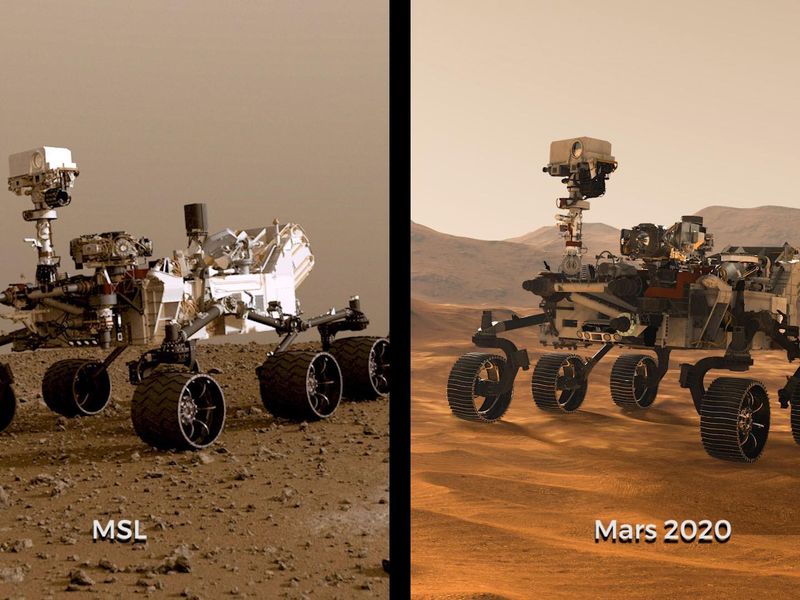

Space
A Tale of Two Rovers: How does Mars 2020 compare to Curiosity?
NASA’s next Mars rover is almost ready to launch. Engineers recently took it for a test spin, before shipping it off to its Cape Canaveral launch site. The six-wheeled rover will blast off this July; once it arrives on Mars, it will scour the red planet for signs of ancient life.
The Mars 2020 rover, which should receive a name very soon, is nearly identical in appearance to its predecessor, the Curiosity rover. After landing on Mars in 2012, Curiosity has spent its time exploring Gale Crater, a 96-mile-wide crater.
It was once the site of an ancient lake and stream system; scientists believe that it may have been able to support life. However, like the rest of the planet’s surface, the area is dry today.
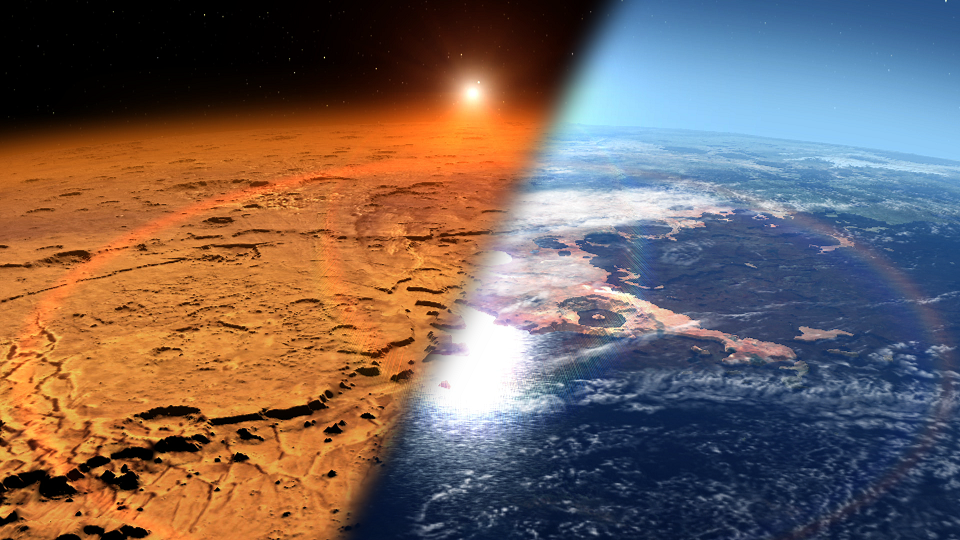
The twin rovers, Spirit and Opportunity landed on Mars in 2004 with one major goal: to follow the water. Right out of the gate, the duo proved that water once flowed on the surface of Mars. But what happened to it?
To answer that question, NASA launched the supersized Curiosity rover to learn more. Since landing in 2012, Curiosity discovered that Gale Crater was once home to an ancient lake billions of years ago and that it could have supported microbial life. The rover is still scouring the crater, hunting for clues as it climbs Mount Sharp, a 3-mile-tall (5-kilometer-tall) peak within the crater — that scientists believe was partially formed by water.
3,760 miles (6,050 kilometers) away, Mars 2020 will explore Jezero Crater, the site of an ancient delta. Here the rover will take the next scientific step: It will look for actual signs of past life, called biosignatures, by analyzing samples of rocks and soil. It will also bag up samples that could be retrieved by future missions and eventually returned to Earth for more in-depth analysis.

Mars 2020 is essentially a souped-up version of the Curiosity rover, but charged with searching for signs of life and collecting samples for eventual return to Earth. The new rover is estimated to cost $1.9 billion dollars and will carry a suite of 7 specialized instruments that will science the hell out of Mars.
But first the rover has to land on Mars. To do so, it must survive a harrowing process known as entry, descent, and landing (aka seven minutes of terror).
To the untrained eye, Mars 2020 looks like an identical copy of Curiosity, but if you look closely, you can tell that the two apart. Building a rover from scratch is extremely difficult and expensive. The folks at NASA built on the success of Curiosity and added new capabilities. A process that enabled more science at a reduced cost.
The beefier Mars 2020 rover is about 280 lbs. (127 kilograms) heavier than its counterpart. That’s because it carries different tools, like a larger drill. This enables the new rover to drill into rocks, extracting rock cores rather than just smashing them.
We all love the epic robot selfies and stunning views of Martian landscapes so of course the new rover will be packing multiple cameras. Curiosity is equipped with 17 cameras; by comparison, Mars 2020 will have 23 that will shoot mostly in color. Additionally, Mars 2020’s Mastcam-Z will film in high definition and be able to zoom.
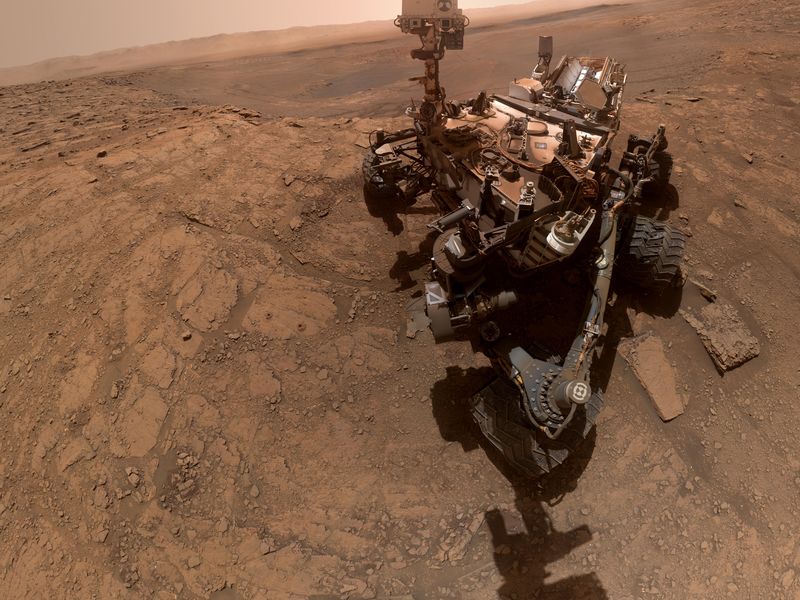
Mars 2020 will also carry not one but two microphones on its journey so all of us back here on Earth can hear what Mars sounds like. The microphones will record the rover’s landing on Mars, as well as the Martian wind and will listen as the rover zaps scientific targets with its on board laser.
Another design improvement will be the wheels. Curiosity was equipped with aluminum wheels, which have been badly beaten up by the rugged Martian terrain. Sharp rocks have proved to be troublesome, with NASA modifying the rover’s driving plan to ensure Curiosity makes it through its mission. To avoid these kinds of issues, engineers made Mars 2020’s wheels more robust.
“Extensive testing in JPL’s Mars Yard has shown these treads better withstand the pressure from sharp rocks but work just as well on sand,” NASA officials said in a news release.
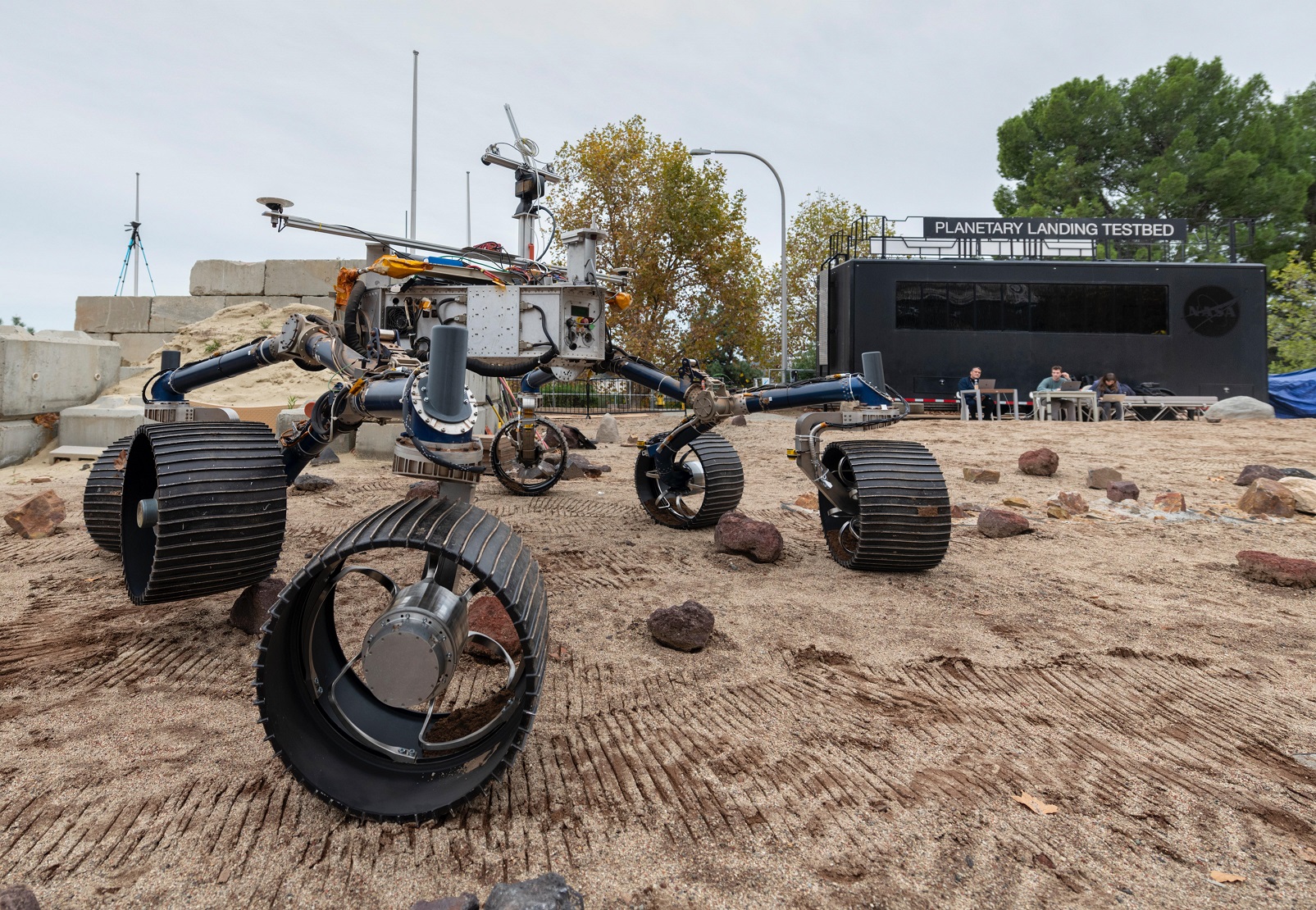
NASA plans to return to the moon and eventually send humans to Mars. To that end, the Mars 2020 rover will help pave the way for future missions. The rover will carry spacesuit samples to determine how they degrade over time, as well as a subsurface radar instrument that could potentially be used to find buried water ice.
Additionally, an oxygen generator will test technology that future astronauts could use to make their own rocket fuel from the Martian atmosphere.
News
SpaceX Ax-4 Mission prepares for ISS with new launch date
SpaceX, Axiom Space, and NASA set new launch date for the Ax-4 mission after addressing ISS & rocket concerns.
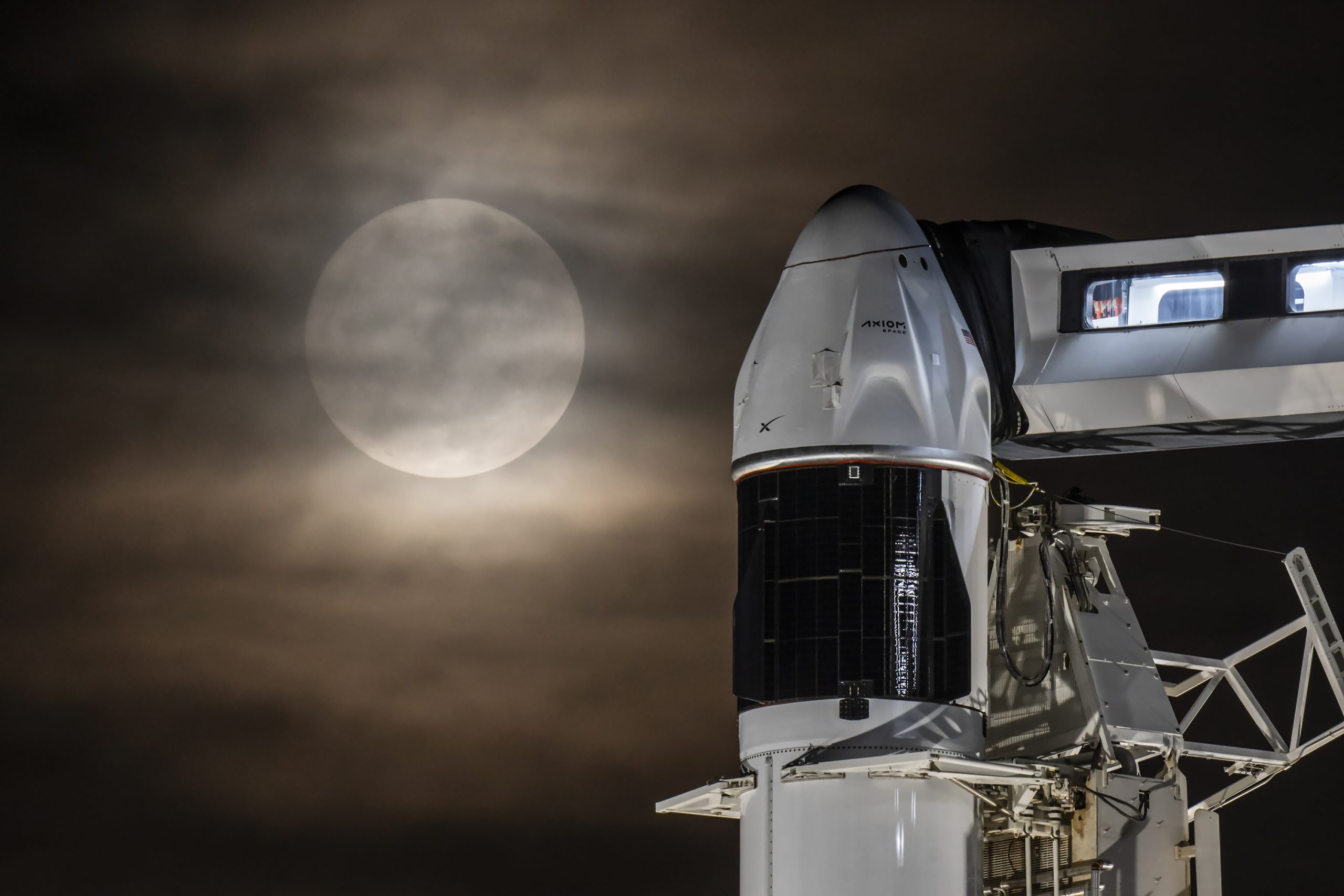
SpaceX is preparing for a new launch date for the Ax-4 mission to the International Space Station (ISS).
SpaceX, Axiom Space, and NASA addressed recent technical challenges and announced a new launch date of no earlier than Thursday, June 19, for the Ax-4 mission. The delay from June 12 allowed teams to assess repairs to small leaks in the ISS’s Zvezda service module.
NASA and Roscosmos have been monitoring leaks in the Zvezda module’s aft (back) segment for years. However, stable pressure could also result from air flowing across the hatch seal from the central station. As NASA and its partners adapt launch schedules to ensure station safety, adjustments are routine.
“Following the most recent repair, pressure in the transfer tunnel has been stable,” a source noted, suggesting the leaks may be sealed.
“By changing pressure in the transfer tunnel and monitoring over time, teams are evaluating the condition of the transfer tunnel and the hatch seal between the space station and the back of Zvezda,” the source added.
SpaceX has also resolved a liquid oxygen leak found during post-static fire inspections of the Falcon 9 rocket, completing a wet dress rehearsal to confirm readiness. The Ax-4 mission is Axiom Space’s fourth private astronaut trip to the ISS. It will launch from NASA’s Kennedy Space Center in Florida on a Falcon 9 rocket with a new Crew Dragon capsule.
“This is the first flight for this Dragon capsule, and it’s carrying an international crew—a perfect debut. We’ve upgraded storage, propulsion components, and the seat lash design for improved reliability and reuse,” said William Gerstenmaier, SpaceX’s vice president of build and flight reliability.
The Ax-4 mission crew is led by Peggy Whitson, Axiom Space’s director of human spaceflight and former NASA astronaut. The Ax-4 crew includes ISRO astronaut Shubhanshu Shukla as pilot, alongside mission specialists Sławosz Uznański-Wiśniewski from Poland and Tibor Kapu from Hungary. The international team underscores Axiom’s commitment to global collaboration.
The Ax-4 mission will advance scientific research during its ISS stay, supporting Axiom’s goal of building a commercial space station. As teams finalize preparations, the mission’s updated launch date and technical resolutions position it to strengthen private space exploration’s role in advancing space-based innovation.
News
Starlink India launch gains traction with telecom license approval
Starlink just secured its telecom license in India! High-speed satellite internet could go live in 2 months.
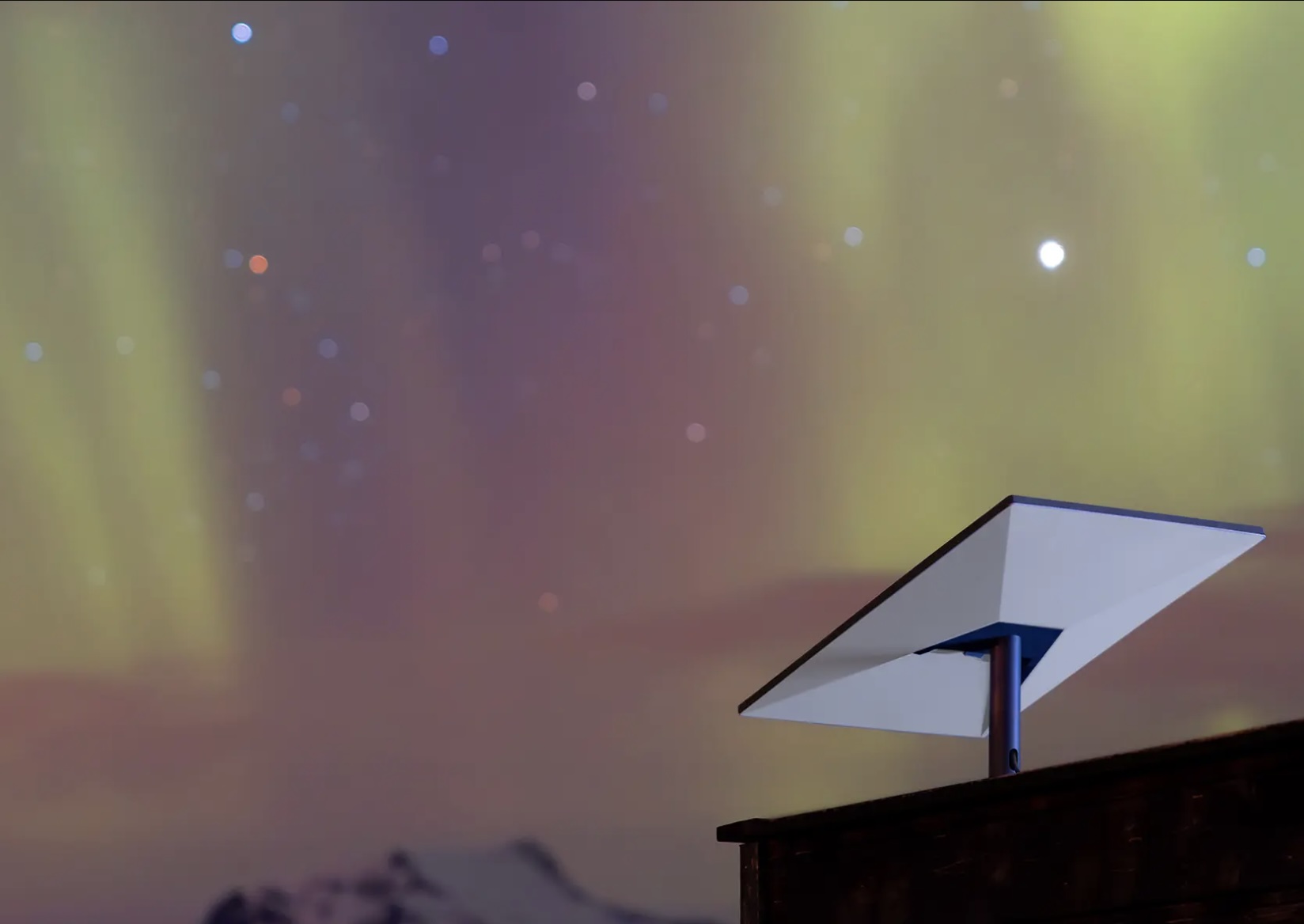
Starlink India’s launch cleared a key regulatory hurdle after securing a long-awaited license from the country’s telecom ministry. Starlink’s license approval in India paves the way for commercial operations to begin, marking a significant milestone after a three-year wait.
The Department of Telecommunications granted Starlink a Global Mobile Personal Communication by Satellite (GMPCS) license, enabling it to roll out its high-speed internet service. Local reports hinted that Starlink plans to launch its services within the next two months. Starlink India’s services are expected to be priced at ₹3,000 per month for unlimited data. Starlink service would require a ₹33,000 hardware kit, including a dish and router.
“Starlink is finally ready to enter the Indian market,” sources familiar with the rollout plans confirmed, noting a one-month free trial for new users.
Starlink’s low-Earth orbit satellite network promises low-latency, high-speed internet that is ideal for rural India, border areas, and hilly terrains. With over 7,000 satellites in orbit and millions of global users, Starlink aims to bridge India’s digital divide, especially in areas with limited traditional broadband.
Starlink has forged distribution partnerships with Indian telecom giants Reliance Jio and Bharti Airtel to streamline deployment and retail logistics. However, the company still awaits spectrum allocation and final clearances from India’s space regulator, IN-SPACe, and national security agencies before its full launch, expected before August 2025.
India’s satellite internet market is becoming increasingly competitive, with Starlink joining rivals like OneWeb and Jio Satellite Communications. While Starlink positions itself as a premium offering, its entry has sparked debate among domestic telecom operators over spectrum pricing.
Local reports noted that other players in the industry have raised concerns over the lower regulatory fees proposed for satellite firms compared to terrestrial operators, highlighting tensions in the sector.
Starlink India’s launch represents a transformative step toward expanding internet access in one of the world’s largest markets. Starlink could redefine connectivity for millions in underserved regions by leveraging its advanced satellite technology and strategic partnerships. As the company navigates remaining regulatory steps, its timely rollout could set a new standard for satellite internet in India, intensifying competition and driving innovation in the telecom landscape.
Elon Musk
SpaceX to decommission Dragon spacecraft in response to Pres. Trump war of words with Elon Musk
Elon Musk says SpaceX will decommission Dragon as a result of President Trump’s threat to end his subsidies and government contracts.
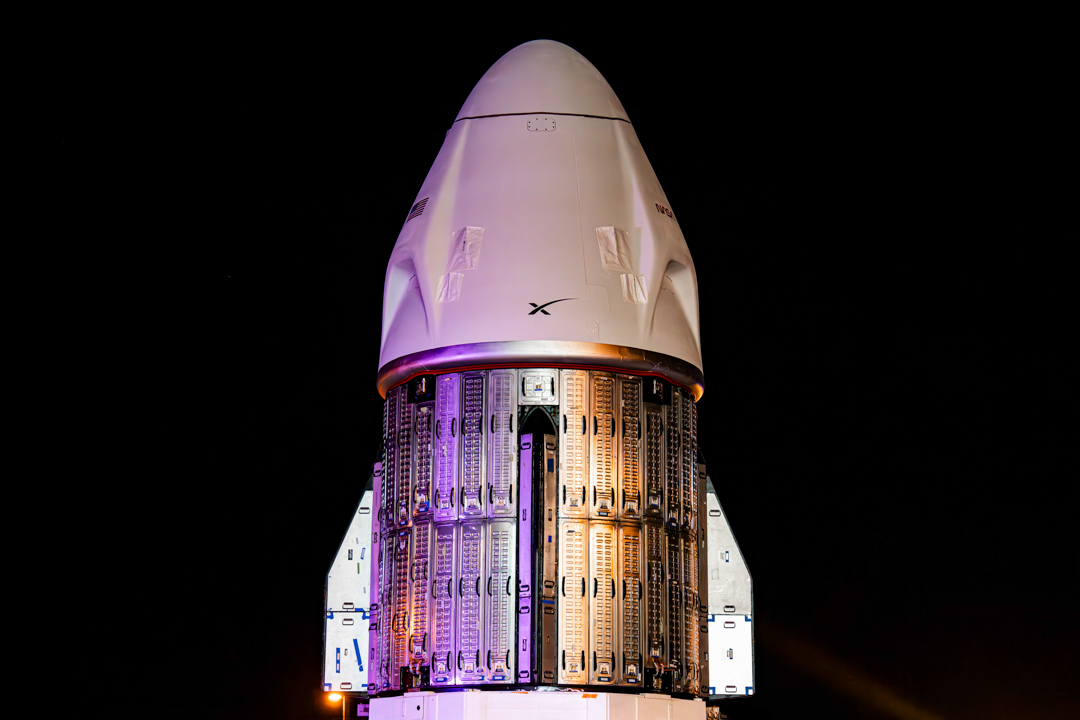
SpaceX will decommission its Dragon spacecraft in response to the intense war of words that President Trump and CEO Elon Musk have entered on various social media platforms today.
President Trump and Musk, who was once considered a right-hand man to Trump, have entered a vicious war of words on Thursday. The issues stem from Musk’s disagreement with the “Big Beautiful Bill,” which will increase the U.S. federal deficit, the Tesla and SpaceX frontman says.
How Tesla could benefit from the ‘Big Beautiful Bill’ that axes EV subsidies
The insults and threats have been brutal, as Trump has said he doesn’t know if he’ll respect Musk again, and Musk has even stated that the President would not have won the election in November if it were not for him.
President Trump then said later in the day that:
“The easiest way to save money in our Budget, Billions and Billions of Dollars, is to terminate Elon’s Government Subsidies and Contracts. I was always surprised that Biden didn’t do it!”
Musk’s response was simple: he will decommission the SpaceX capsule responsible for transporting crew and cargo to the International Space Station (ISS): Dragon.
🚨 Elon says Dragon will be decommissioned immediately due to President Trump’s threats to terminate SpaceX’s government contracts https://t.co/XNB0LflZIy
— TESLARATI (@Teslarati) June 5, 2025
Dragon has completed 51 missions, 46 of which have been to the ISS. It is capable of carrying up to 7 passengers to and from Earth’s orbit. It is the only spacecraft that is capable of returning vast amounts of cargo to Earth. It is also the first private spacecraft to take humans to the ISS.
The most notable mission Dragon completed is one of its most recent, as SpaceX brought NASA astronauts Butch Wilmore and Suni Williams back to Earth after being stranded at the ISS by a Boeing Starliner capsule.
SpaceX’s reluctance to participate in federally funded projects may put the government in a strange position. It will look to bring Boeing back in to take a majority of these projects, but there might be some reluctance based on the Starliner mishap with Wilmore and Williams.
SpaceX bails out Boeing and employees are reportedly ‘humiliated’
-

 Elon Musk1 day ago
Elon Musk1 day agoTesla investors will be shocked by Jim Cramer’s latest assessment
-

 News6 days ago
News6 days agoTesla Robotaxi’s biggest challenge seems to be this one thing
-

 News2 weeks ago
News2 weeks agoTesla’s Grok integration will be more realistic with this cool feature
-

 Elon Musk2 weeks ago
Elon Musk2 weeks agoElon Musk slams Bloomberg’s shocking xAI cash burn claims
-

 News2 weeks ago
News2 weeks agoTesla China roars back with highest vehicle registrations this Q2 so far
-

 News2 weeks ago
News2 weeks agoTexas lawmakers urge Tesla to delay Austin robotaxi launch to September
-

 News2 weeks ago
News2 weeks agoTesla dominates Cars.com’s Made in America Index with clean sweep
-

 Elon Musk1 week ago
Elon Musk1 week agoFirst Look at Tesla’s Robotaxi App: features, design, and more




















